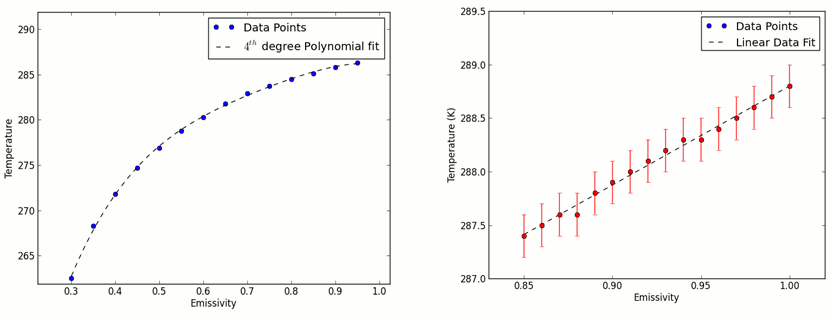Reports: UNI653486-UNI6: Mechanism of Multi-Spectral Infrared Imaging on Water-Oil Mixture
Debing Zeng, PhD, Saint Peter's University
Fig Fig. 3 fluorescence spectra from oil samples



Debing Zeng, PhD, Saint Peter's University
Fig Fig. 3 fluorescence spectra from oil samples



Copyright © American Chemical Society